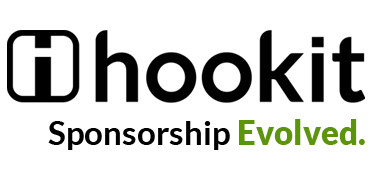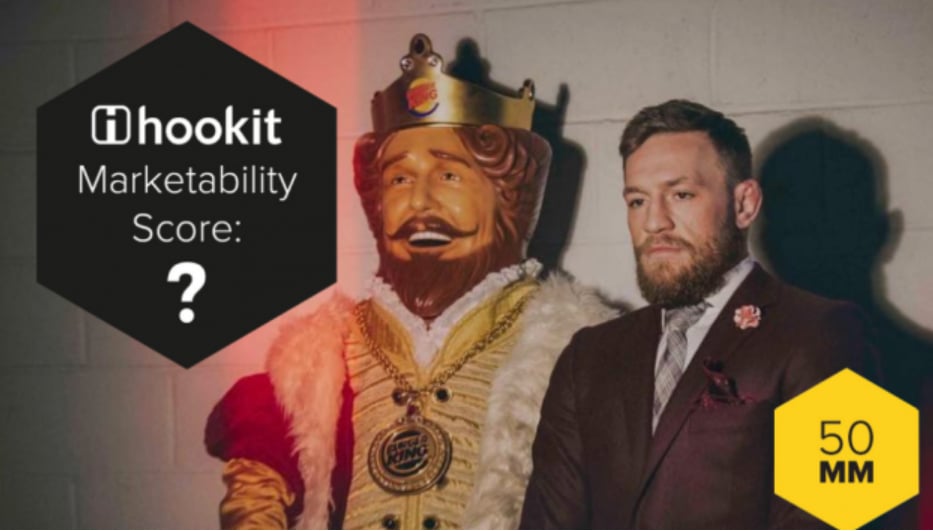The Hookit Marketability Score was created especially for SportsPro’s 2018 50 most marketable athletes, here’s how it works.
The Hookit Marketability Score is a measure of an athlete’s engagement across their promoted posts on four of the main social media platforms: Facebook, Instagram, Twitter and YouTube.
It was created first by ranking the top 250 athletes in the world who drove most engagement on promoted posts, and then by combining those names with a preliminary list of athletes deemed by SportsPro to have strong marketing potential over the coming three years.
Promoted posts are defined as any social post that has a mention (@brandname) or hashtag (#tagline) related to a brand in the text of the post. Hookit did not evaluate logos within images or video posts for multiple reasons, chief among them being that there is no way to be absolutely sure an athlete is promoting any one brand specifically. For example, if an athlete posts an image of themselves wearing a jersey and that jersey includes a sponsor logo, that athlete may or may not be promoting that brand. However, if the athlete talks about that brand in the text, it is a clear indication of promotion.
Once all the promoted posts were identified for every athlete in the amalgamated long-list, Hookit’s data team identified which athletes had the most engagement on those promoted posts. Engagement comprises likes, comments, shares and video views on each platform. Once total engagement by platform had been calculated, a total value driven amount could be attributed to the engagement in US dollars based on the published ad rates of each platform.
In order to calculate the Marketability Score, each athlete was assessed based on three distinct yet closely related metrics:
- Reach Score (max 30 points possible): This score is based on the number of followers the athlete has, with scores scaled by percentile of followers for all athletes. Cristiano Ronaldo, who has the most followers of any athlete with more than 330 million across the four measured platforms, is at 100 per cent, earning him 30 points on the Reach Score.
- Engagement Score (max 35 points possible): This score focuses specifically on how engaged the athlete’s followers are on posts promoting brands and/or sponsors. Hookit calculated an engagement rate for each athlete based on all their promoted posts (average engagement per post/total number of followers). Any athlete with an engagement rate of over 10 per cent got a perfect Engagement Score of 35 points. Note: 10 per cent engagement represents the 90th percentile for all athletes evaluated in this study.
- Promotion Quality Score (max 35 points possible): This score focuses on the value that the athlete drives for brands in promoted posts. While value does depend on follower reach and engagement, this score takes both of those into account to determine value per follower, the rationale being that if an athlete is able to drive more value per follower, they are a more effective ambassador for their brand sponsors and will help return greater ROI. Any athlete with a value per follower rate of over US$7 earned a perfect Promotion Quality Score of 35 points. Note: US$7 represents the 90th percentile for all athletes evaluated in this study.
The three scores above were then added together to generate a total score out of 100. No athlete achieved that perfect score. Generally speaking, athletes with smaller followings were able to achieve a higher Hookit Marketability Score because they had high levels of engagement with their followers.
It is interesting to note that most of the top 20 athletes came from action sports, where athletes are typically more dependent on brands for sponsorship income to supplement their earnings. This is entirely understandable: those athletes are naturally more active promoters compared to their counterparts in more mainstream sports who get paid large sums of money by their teams, and who command higher endorsement fees thanks to their larger followings.
via SportsPro


